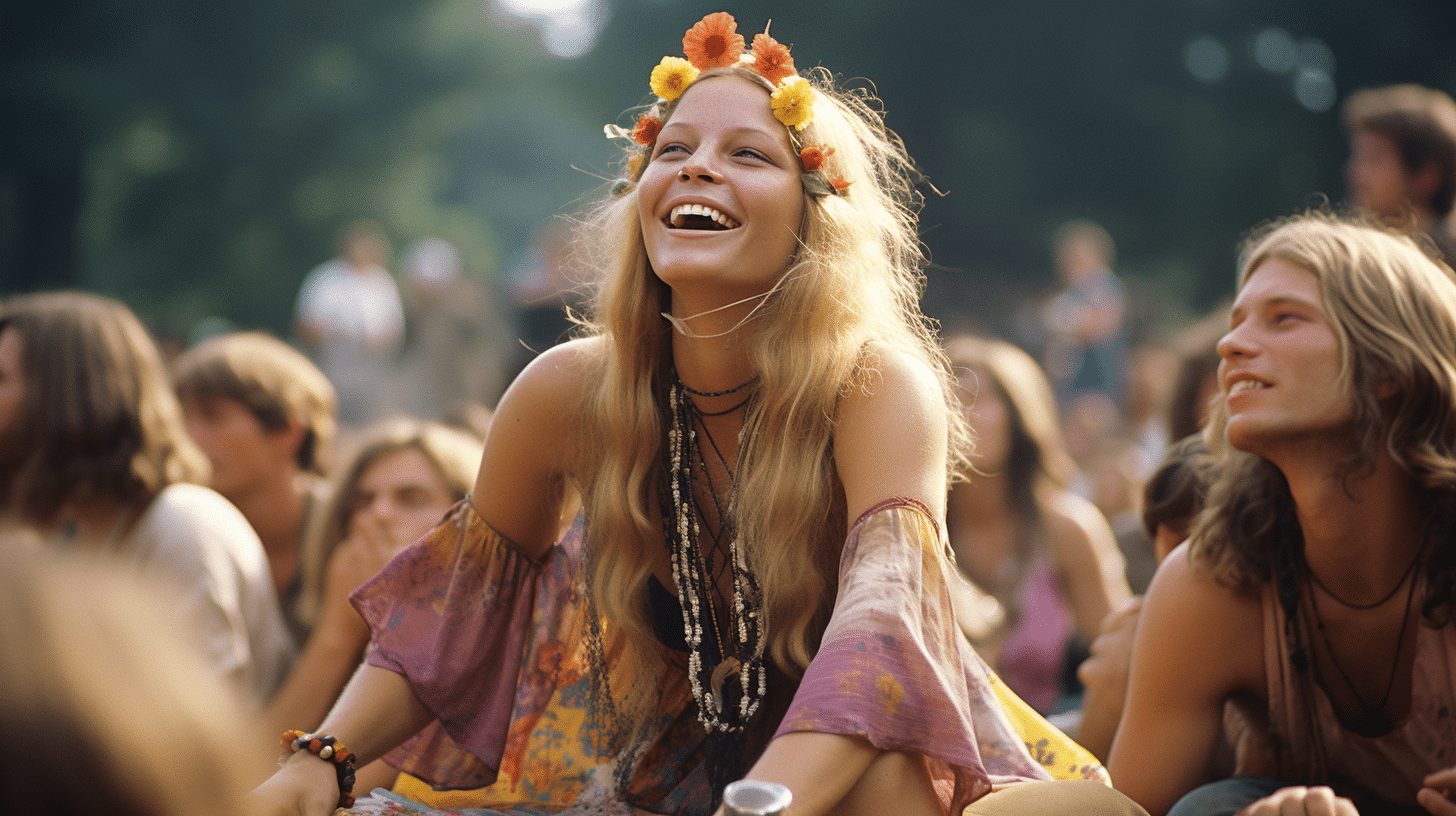The Musical Revolution of the 1960s. The 1960s marked a pivotal period in music history, as it gave rise to a new era of sound and creativity. This decade saw the birth of rock and roll, the rise of folk and protest music, and the emergence of soul and Motown in its full bloom. The 1960s were a time of musical experimentation, cultural revolution, and social change. Artists of this era broke the conventions of traditional music, introducing innovative styles and sounds that set the stage for the evolution of music in the coming decades.
One of the critical factors in recognizing and measuring the popularity of music during this era was the Billboard chart. The chart became a barometer of public taste, tracking record sales and radio airplay to rank songs and albums. The Billboard chart provided a platform for artists to showcase their talent and reach a wide audience. It became a competitive space where artists aimed to secure a spot in the top ten, which was regarded as a significant achievement. The chart’s rankings reflected the evolving musical tastes of the public, making it a crucial part of the music industry.
The Billboard Chart
The Billboard chart played a pivotal role in determining the popularity of songs in the 1960s. It tracked the sales, radio airplay, and streaming data to compile a weekly ranking of the most popular songs. Artists strived to have their songs featured in the top spots as it increased their visibility and chances of success. The competition was fierce, but it also fueled creativity and innovation as artists strived to create distinctive sounds and lyrics that would resonate with listeners and stand out from the crowd.
One artist who made a remarkable impact on the Billboard chart in 1960 was Connie Francis. Francis had the most top ten hits with five songs. She consistently delivered chart-topping hits and became one of the most successful female artists of the decade. Her success on the Billboard chart proved that female artists could achieve the same level of success as their male counterparts, challenging gender norms in the music industry.
Decoding the Top Songs of the 60s
Let’s dive deeper into the music of the 1960s by examining some of the top songs of the decade on the Billboard chart. These songs not only dominated the charts but also defined the sound of an era, leaving an indelible mark on music history.
-
- Marty Robbins’ “El Paso” kicked off the decade as the first top ten single of 1960. The song captivated listeners with its storytelling lyrics and haunting melody. It set the tone for the decade, introducing a new level of storytelling in popular music.
-
- Johnny Preston’s “Running Bear” showcased the diversity of genres in the 60s with its 10-week presence in the top ten. The song, with its catchy rhythm and Native American-inspired theme, became a cultural phenomenon. It highlighted the capacity of music to transcend cultural boundaries and resonate with a diverse audience.
-
- The Everly Brothers’ “Cathy’s Clown” made a splash with its 9-week run in the top ten. The song’s infectious harmonies and relatable lyrics struck a chord with listeners. It demonstrated the power of music to evoke emotions and connect with people on a personal level.
Its Now or Never
“It’s Now or Never” dominated the chart for 11 weeks, the longest of any song that year. Presley’s powerful vocals and the song’s romantic theme made it an instant classic. It marked a high point in Presley’s career, solidifying his status as a musical icon.
-
- Chubby Checker’s “The Twist” set a record with its 12-week run at number one. The song’s energetic dance moves and catchy beat sparked a dance craze across the nation. It demonstrated the power of music to influence popular culture and lifestyle trends.
-
- Floyd Cramer’s “Last Date” wrapped up the year as the last top ten single. The instrumental track showcased Cramer’s piano skills and left a lasting impression on listeners. It underscored the importance of instrumental music in the pop music landscape, showcasing the power of melody and rhythm to evoke emotions without the need for lyrics.
These top songs of the 1960s had a significant impact on the music industry and the broader cultural landscape. They paved the way for new musical styles and inspired countless musicians to push boundaries and create their own unique sounds.
The Cultural Resonance of 60s Music
The music of the 1960s holds immense cultural significance. It reflected the societal changes and values of the era, providing a platform for protest and expression. Artists used their music to address important social and political issues, such as civil rights, the Vietnam War, and gender equality. This shift marked a departure from the more light-hearted and escapist themes of the 1950s, reflecting the growing social consciousness of the public.
Artists used their platform to voice their opinions and raise awareness about societal issues, marking a shift in the role of music in society. Music became a tool for social commentary and protest, reflecting the turbulent times and the desire for change. The music of the 60s is considered iconic because it captured the spirit of a generation and served as the soundtrack for a cultural revolution. It spoke to the hopes, fears, and aspirations of young people who were seeking change and pushing boundaries.
The Enduring Legacy of 60s Music
The top songs of the 1960s made a significant impact on music history. They pushed boundaries, inspired new genres, and left an indelible mark on the cultural landscape. These songs continue to influence current music trends and inspire artists today. The music of the 1960s remains timeless and continues to be celebrated for its innovation, social relevance, and emotional impact.
The legacy of the 60s music is evident in the influence it has had on subsequent generations of musicians. Artists from various genres have drawn inspiration from the sounds and themes of the 60s, incorporating them into their own music. The music of the 1960s serves as a reminder of a transformative era in music history and the power of music to shape society and bring people together.
A Musical Revolution
The music of the 1960s was a musical revolution that gave birth to iconic songs and artists. The Billboard chart played a crucial role in recognizing and measuring the popularity of these songs. The cultural resonance of 60s music and its enduring legacy continue to captivate audiences and inspire musicians to this day. The 60s was a decade that changed music forever, and its impact is still felt today.







